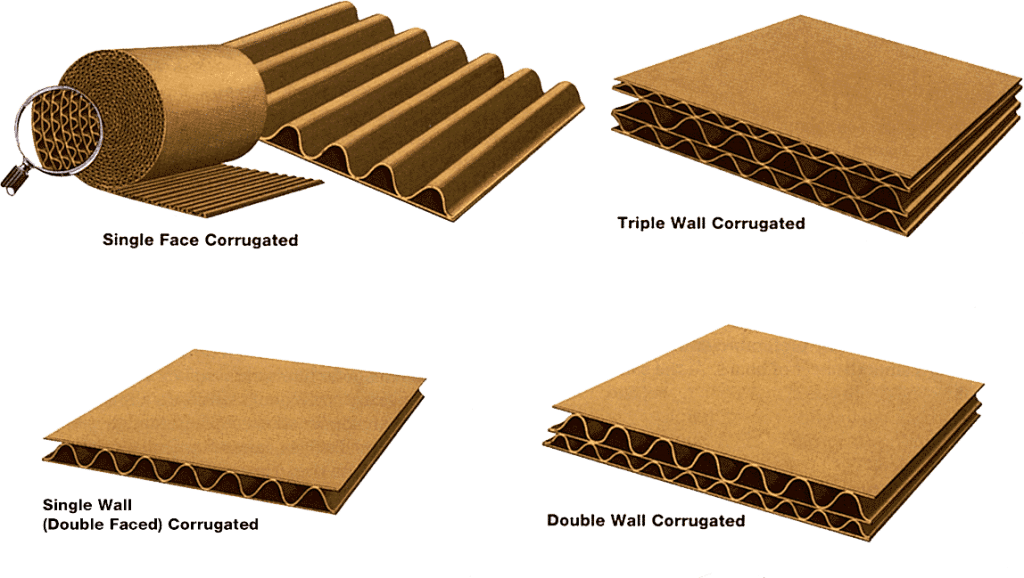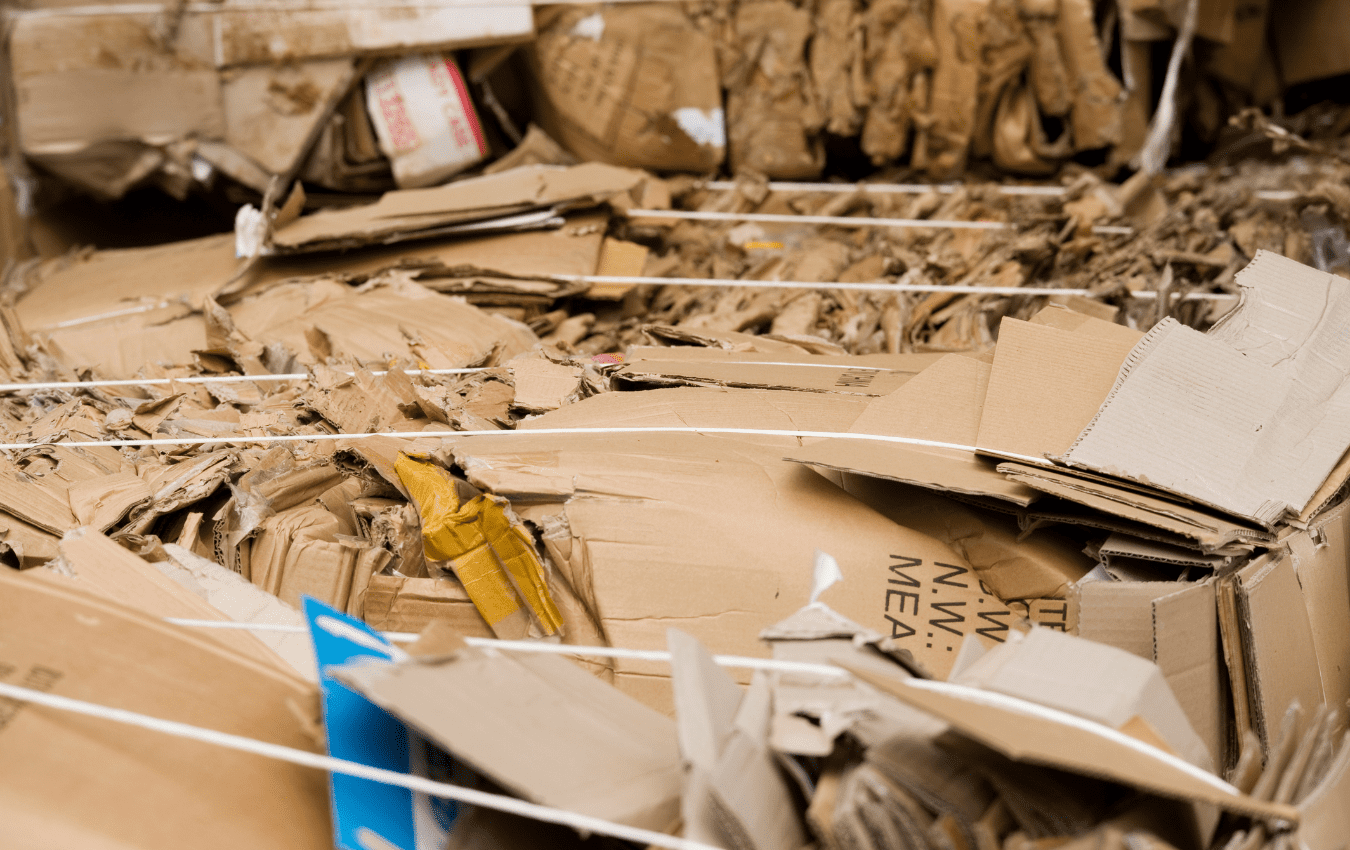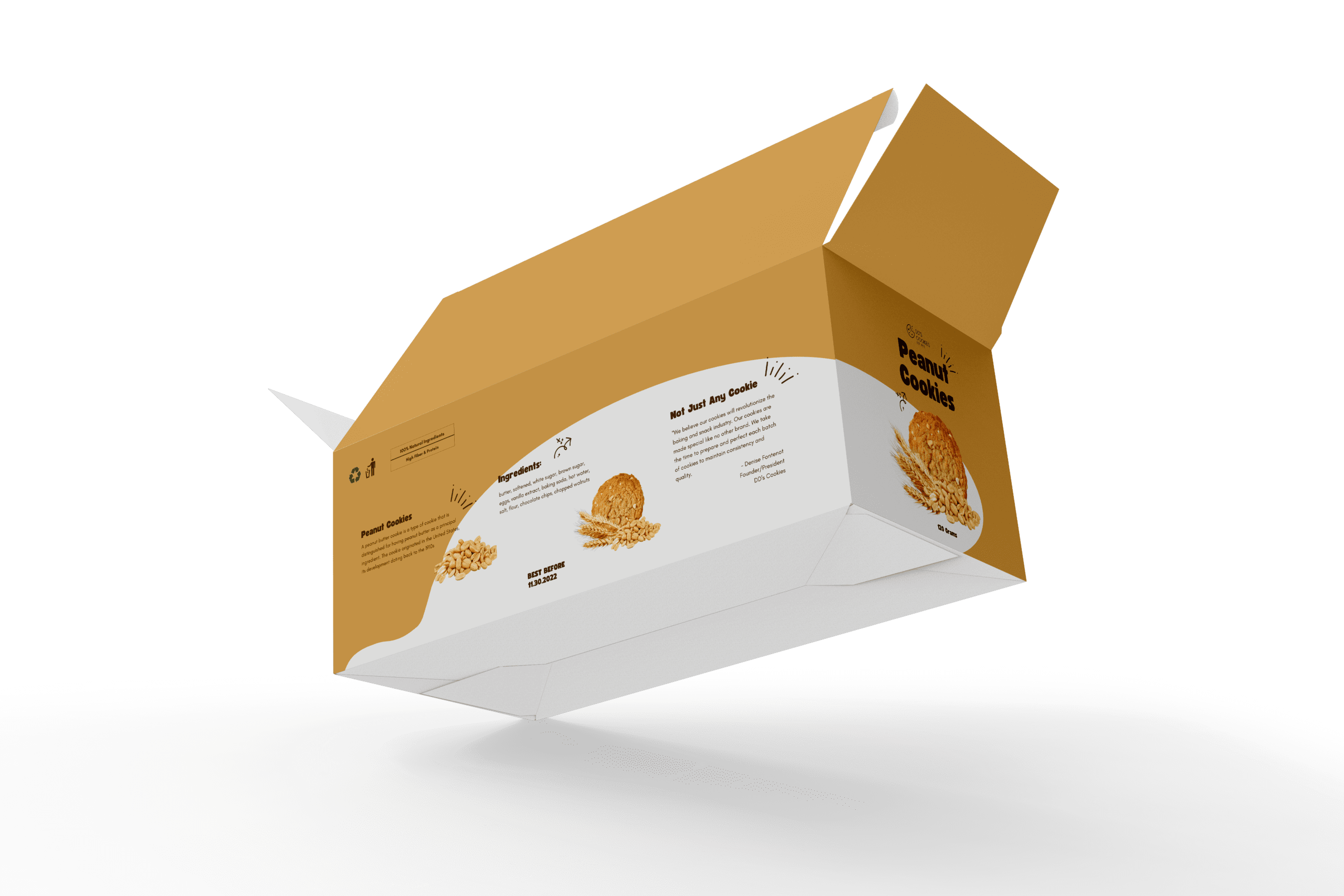Home » Corrugated Packaging: What is it Made of and Is It Recyclable?
Corrugated Packaging: What is it Made of and Is It Recyclable?

Today, more and more brands are switching to sustainable packaging options to improve their social responsibility to the environment and to meet any regulation or requirements imposed on them. As a result, many buyers are now becoming more aware and concerned about how their packaging is made and whether or not it is recyclable. For the purpose of this blog, we will thoroughly explain what corrugated packaging is made of and why it is recyclable.
Corrugated Material Explained
Corrugated, often mistaken for cardboard, is compressed fiberboard consisting of multiple layers. Fiberboard material is made up of wood chips from a pine pulp tree that is quickly grown. The number of layers is determined by the desired thickness and strength of the material: 2 (single face), 3 (single wall), 5 (double wall) to 7 (triple wall).
Single face consists of a fiberboard and flute layer. Flutes consist of air chambers that provide additional cushioning to the material. Single wall consists of an outside and inside layer of fiberboard with a middle flute. Double wall consists of 3 fiberboard layers and two flutes, and triple wall consists of 4 fiberboard layers and 3 flutes.

Corrugated Recyclability Explained
Corrugated packaging products such as boxes, displays, edge protectors, inserts, and others are often advertised and described as recyclable. This is true, since corrugated material is produced from natural materials it can be recycled or naturally decomposed back into the environment.
How To Recycle Corrugated Materials
Out of all packaging materials, corrugated is among the most successful and frequently recycled materials in the world, as it is quite simple to recycle. It can be recycled by having it placed in the recycling bin or by taking it to a recycling center where it will be reprocessed.
Corrugated packaging must be prepared and broken down prior to recycling. This may involve removing any non recyclable materials from the cardboard such as foam, plastic, bubble wrap, wood, tapes and other materials.
Corrugated packaging such as boxes or displays need to be broken down with all flaps extended and pressed flat. Once flattened, corrugated can now be recycled at the curbside recycling pickup. If you are taking your material to a recycling center, then make sure you are disposing it in the correct bin.
If you are recycling in large quantities then it may be best to use a bale to flatten boxes, which can greatly improve your transportation efficiency. For more flexibility and hassle free recycling, many businesses with huge quantities of recycled corrugated materials use automatic compact and balers to streamline the process.

When You Should Not Recycle Corrugated Materials
In most cases you should be able to recycle your corrugated packaging, however there are few exceptions. For example, food and beverages can spoil corrugated material if it has made direct physical contact. Pizza boxes, take out containers, frozen containers and other food packaging is often not recycled due to food residue or damage to the corrugated material.
Some inks used to print corrugated materials with graphics, logos and colors may not be recyclable. Tapes and adhesives on a box must be removed or cut out as the material will not be recycled nor is it compatible with the recycling process.
Failure to follow these recycling guidelines can result in ruined recycling materials for entire batches.
Interested in Sustainable Corrugated Packaging?
At Brown Packaging, we supply businesses with stock and custom corrugated packaging for boxes, displays, edge protectors and more. We have over 30+ years of experience providing businesses with sustainable packaging solutions. Partner with us today to limit your carbon footprint on the environment.
Following multiple rounds of tariff changes and trade policy adjustments, 2026 marks a turning point for U.S. packaging buyers. Many who previously transitioned from China
Shifting packaging production from China to the U.S. can help stabilize costs, reduce tariff exposure, and shorten lead times. But the transition process requires careful
RSC boxes are known for their efficiency and versatility, but their performance ultimately comes down to strength. Buyers often see numbers like ECT, BCT, and
In packaging, foam isn’t just about initial protection — it’s about maintaining performance over the entire shipping or storage cycle. Compression set and recovery characteristics
Pouches are a go-to for flexibility and convenience, but they can fail in critical ways—from poor seals to punctures and delamination—that hurt performance and brand
In the retail environment, the placement of Point of Purchase (POP) displays is just as critical as their design and content. Strategic positioning can significantly
Home » Corrugated Packaging: What is it Made of and Is It Recyclable?

What is Chipboard? Chipboard is made from small wood particles mixed with resin, binders and other additives, which is then pressed together under high temperature

In an increasingly competitive and environmentally conscious world, protective packaging has become an essential component of product manufacturing and delivery. The demand for efficient and

In the dynamic realm of retail, crafting the perfect display goes beyond just showcasing products – it’s about sparking customer interest, driving sales, and making


